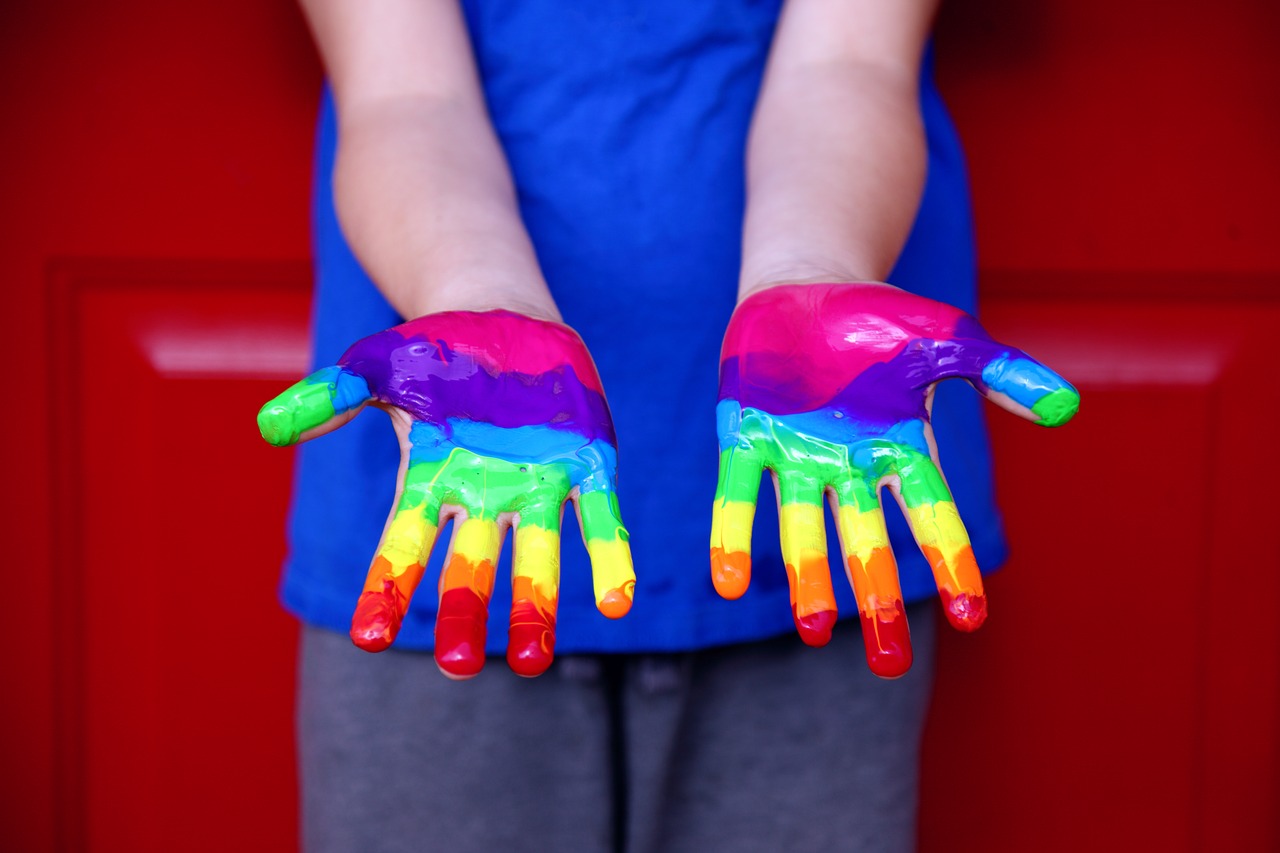Diversity is important in a child’s classroom because it helps stimulate creativity, innovation, and problem-solving. It also helps to create a more inclusive learning environment.
When children are diverse, they are more likely to understand and share ideas with other students.
This can help them develop problem-solving skills crucial for success in school and life. Here are a few benefits of diversity in a child’s classroom.
It Increases the Knowledge Level of Children
Most children believe that they already know everything there is to know.
However, if children are exposed to new information, their knowledge level can improve, and they can be more engaged in class.
Teachers should try to introduce new topics into the curriculum so that students are exposed to a wider range of subjects.
For example, introducing math through music or art would allow children to learn about different perspectives on mathematics and expose them to more types of learning styles.
It Helps Children Understand Differences in Culture
When children have a diverse group of friends, it is easy for them to understand the experiences of people from other cultures including immigrants and refugees.
Most minority groups have been discriminated against historically because of how they look.
The media also reinforces this stereotype by portraying ethnic minorities negatively in movies and news reports.
It helps students understand the struggles that these groups face today and how cultures function.

It Encourages Students to Develop a Sense of Pride in Their Culture
Another benefit to having a diverse education is that it helps students develop a sense of pride in their heritage.
When children see that they are friends with people from different races and cultures they feel more connected to the people around them and develop pride in their own culture instead of being ashamed of it.
There is no better way to encourage a child to participate more in their culture than by involving other groups of people.
After all, the child is more likely to do what they see done by their friends. They understand why other people speak and behave in a certain way.
It Provides a More Inclusive Environment for Learning
A diverse classroom can help students stuck in their way of thinking.
In this environment, students can be encouraged to think outside their box and come up with new ideas and solutions that allow them to think outside the box.
This type of environment also helps children learn how to adapt and work with people different from themselves.
It also helps children develop social skills as they learn how to adapt, collaborate, and communicate with others from all different walks of life, including students from other cultures, racial backgrounds, and language backgrounds.
This gives children valuable life experiences they will carry on into future relationships. It brings in diversity equity and inclusion in education.
It Stimulates the Brain and Enhances Their Leadership Skills
Diversity in the classroom can help children learn how to think outside their own cultures. It also helps children learn how to manage conflicts or misunderstandings that arise from differences in perspective.
Children need to be able to communicate effectively with others from different backgrounds, which helps them communicate across all cultures by developing a positive attitude, self-confidence, leadership skills, and communications skills.
It can help them develop a love for learning and succeed when they enter into adulthood which is an essential skill for college or work.
Diverse education provides students with an opportunity to learn about other cultures, get comfortable with being around people from different backgrounds, learn about other languages and grow as an individual by gaining new perspectives on life.
It Allows Children to Understand Other People’s Values and Beliefs
Not all people have the same values or beliefs. As such, children in diverse educational programs need to understand this and be able to communicate with others by learning how to respect their culture while interacting with them on a personal level.
Children who live in diverse communities make key decisions about what they choose to do based on how they feel about their surroundings.
They must make educated decisions as they grow. When children share experiences, learn about different cultures and religions, they are better prepared for life outside of their homes.
Culture and religion are interrelated, they can be the motivation for understanding the world and continuing to live, emphasizing the inner world of the psyche.
The influence of religion on culture can directly affect people’s decisions, clothing, food, and living habits.
That is why it is very important for children to be educated from childhood, to be informed about their religion and church.
One of the easiest ways is to talk with them at home and set an example, or gather and divide them into groups and then use engaging games for youth groups, which can be a great opportunity to learn it practically.
Through all this, children will have their own clear opinion from a young age and will think more maturely.
Conclusion
In a time when so many children are being taught in schools that are biased against diversity, it’s important to have an open and diverse classroom.
To create a more inclusive classroom, you need to understand why diversity is important. It’s not just about having different cultures in the class.
It’s also about having different opinions. Kids need to know that no one is right or wrong and that everyone is valuable.
Diversity allows each student to learn from everyone else and build relationships with them.

